
PS-2020a / part18
.pdf
DICOM PS3.18 2020a - Web Services |
Page 101 |
10 Studies Service and Resources
10.1 Overview
The Studies Resource enables a user agent to store, retrieve, update, and search an origin server for DICOM Studies, Series, and Instances, along with their /metadata, /rendered, and /thumbnail variants; as well as Frames and Bulkdata.
The Retrieve transaction of this Service is also known as WADO-RS. The Store transaction of this Service is also known as STOW- RS. The Search transaction of this Service is also known as QIDO-RS. See Section 10.3.
10.1.1 Resource Descriptions
The Studies Service manages a collection of DICOM Study resources. Each Study is organized in a hierarchy of sub-resources that correspond to the DICOM Information Model. See Section 7 “DICOM Model of the Real World” in PS3.3.
There are three top level resources:
/studies |
references all Studies managed by the service. |
/series |
references all Series managed by the service. |
/instances |
references all Instances managed by the service. |
The following URI Template variables are used in resource definitions in this Section. |
|
{study} |
the Study Instance UID of a Study managed by the Studies Service. |
{series} |
the Series Instance UID of a Series contained within a Study resource. |
{instance} |
the SOP Instance UID of an Instance contained within a Series resource. |
{frames} |
a comma-separated list of frame numbers, in ascending order, contained within an Instance. |
{/bulkdata} |
an opaque URI that references a Bulkdata Value. |
The Studies Service defines the following resources: |
|
|
Table 10.1-1. Resources and Descriptions |
Resource |
Description |
Studies Service |
The Base URI of the Studies Service. |
All Studies |
The AllStudies resourcereferencestheentirecollectionof Studies containedin theStudies |
|
Service. |
Study |
The Study resource references a single Study. |
Study Metadata |
The Study Metadata resource references the Metadata of a single Study. |
Rendered Study |
The Rendered Study resource references a Study to be rendered. |
Study Thumbnail |
The Study Thumbnail resource references a thumbnail image of a Study. |
Study's Series |
The Study's Series resource references the collection of all Series contained in a Study. |
Study's Instances |
The Study's Instances resource references the collection of all Instances in a single Study. |
All Series |
The All Series resource references the collection of all Series in all Studies contained in the |
|
Studies Service. |
Series |
The Series resource references a single Series. |
Series Metadata |
The Series Metadata resource contains the Metadata of a single Series in a Study. |
Rendered Series |
The Rendered Series resource references a Series to be rendered. |
Series Thumbnail |
The Series Thumbnail resource references a thumbnail image of a Series. |
Series' Instances |
The Series' Instances resource references the collection of all Instances in a single Series. |
- Standard -

Page 102 |
DICOM PS3.18 2020a - Web Services |
Resource |
Description |
All Instances |
TheAllInstancesresourcereferencesthecollectionofallInstancesinallSeriesinallStudies |
|
contained in the Studies Service. |
Instance |
The Instance resource references a single Instance. |
Instance Metadata |
The Instance Metadata resource contains the Metadata of a single Instance. |
Rendered Instance |
The Rendered Instance resource references an Instance to be rendered. |
Instance Thumbnail |
The Instance Thumbnail resource references a thumbnail image of an Instance. |
Frames |
The Frames resource references an ordered collection of frames in a single multi-frame |
|
Instance. |
Rendered Frames |
The Rendered Frames resource references an ordered collection of frames of a single |
|
multi-frame Instance, to be rendered. |
Frame Thumbnail |
TheFrameThumbnailresourcereferencesathumbnailimageforframeswithinanInstance. |
Bulkdata |
The Bulkdata resource contains one or more Bulkdata Values. |
10.1.2 Common Query Parameters
The origin server shall support Query Parameters as required in Table 10.1.2-1.
The user agent shall supply in the request Query Parameters as required in Table 10.1.2-1.
Table 10.1.2-1. Common Query Parameters
Name |
Value |
|
Usage |
Section |
|
|
User Agent |
Origin Server |
|
Accept |
media-type |
O |
M |
Section 8.3.3.1 |
Accept-Charset |
charset |
O |
M |
Section 8.3.3.2 |
10.1.3 Common Media Types
The origin server media type requirements are defined in each Transaction of this Service.
The origin server shall support the Transfer Syntax and Character Set media type parameters. See Section 8.7.3.5.2 and Sec- tion 8.7.3.5.3.
10.2 Conformance
An origin server claiming conformance to the Retrieve Transaction of the Studies Service: •shall support the Retrieve Capabilities Transaction (see Section 8.9.1);
•shall support the Retrieve Transaction for all mandatory resources in Table 10.3-2. An origin server claiming conformance to the Store Transaction of the Studies Service: •shall support the Retrieve Capabilities Transaction (see Section 8.9.1);
•shall support the Store Transaction for all mandatory resources in Table 10.3-2.
An origin server claiming conformance to the Search Transaction of the Studies Service: •shall support the Retrieve Capabilities Transaction (see Section 8.9.1);
•shall support the Search Transaction for all mandatory resources in Table 10.3-2.
The user agent may support any of the transactions for any of the corresponding resources in Table 10.3-2.
- Standard -
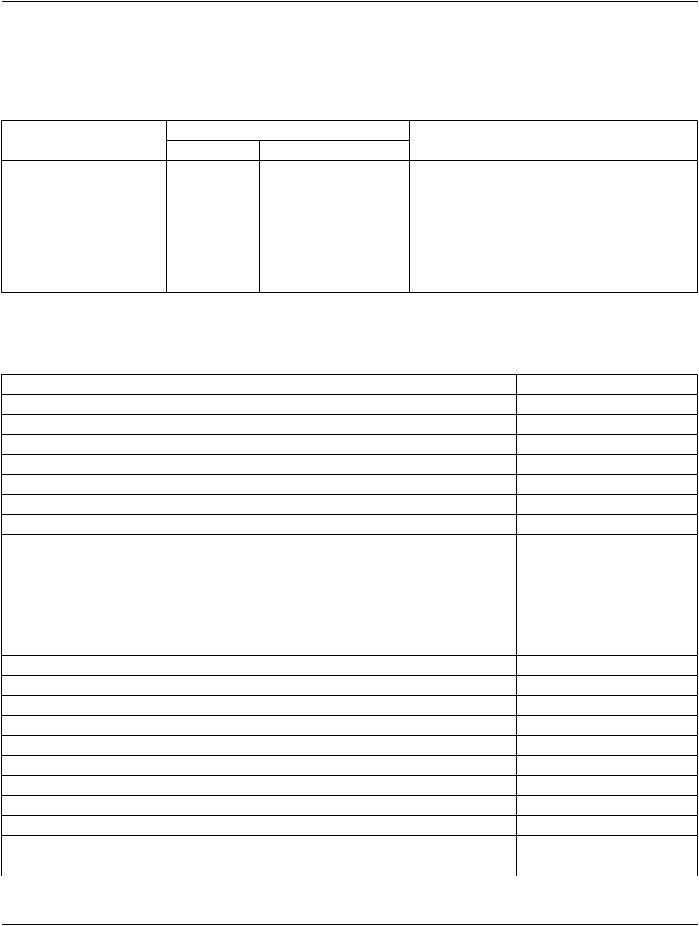
DICOM PS3.18 2020a - Web Services |
Page 103 |
10.3 Transactions Overview
The Studies Service consists of the following transactions:
Table 10.3-1. Studies Service Transactions
Transaction |
Method |
|
Payload |
Description |
Name |
|
Request |
Success Response |
|
|
|
|
||
Retrieve |
GET |
N/A |
Instance(s) or Bulkdata |
Retrieve one or more representations of DICOM |
|
|
|
|
Resources. |
Store |
POST |
Instance(s) |
Store Instances ResponseStores one or more representations of DICOM |
|
|
|
|
Module |
Resources, contained in the request payload, in the |
|
|
|
|
location referenced by the Target Resource. |
Search |
GET |
N/A |
Result(s) |
SearchestheTargetResourceforDICOMobjectsthat |
|
|
|
|
match the search parameters and returns a list of |
|
|
|
|
matches in an Acceptable Media Type. |
In Table 10.3-2, the Target Resources permitted for each transaction are marked with M if support is mandatory for the origin server and O if it is optional. A blank cell indicates that the resource is not allowed in the transaction.
Table 10.3-2. Resources by Transaction
Resource |
Retrieve |
Store |
Search |
Studies Service |
|
|
|
All Studies |
|
M |
M |
Study |
M |
M |
M |
Study Metadata |
M |
|
|
Study Bulkdata |
M |
|
|
Rendered Study |
M |
|
|
Study Thumbnail |
O |
|
|
Study's Series |
|
|
M |
Study's Instances |
|
|
M |
All Series |
|
|
M |
Series |
M |
|
M |
Series Metadata |
M |
|
|
Series Bulkdata |
M |
|
|
Series' Instances |
|
|
M |
Rendered Series |
M |
|
|
Series Thumbnail |
O |
|
|
All Instances |
|
|
M |
Instance |
M |
|
M |
Instance Metadata |
M |
|
|
Instance Bulkdata |
M |
|
|
Rendered Instance |
M |
|
|
Instance Thumbnail |
O |
|
|
Frames |
M |
|
|
Rendered Frames |
M |
|
|
- Standard -
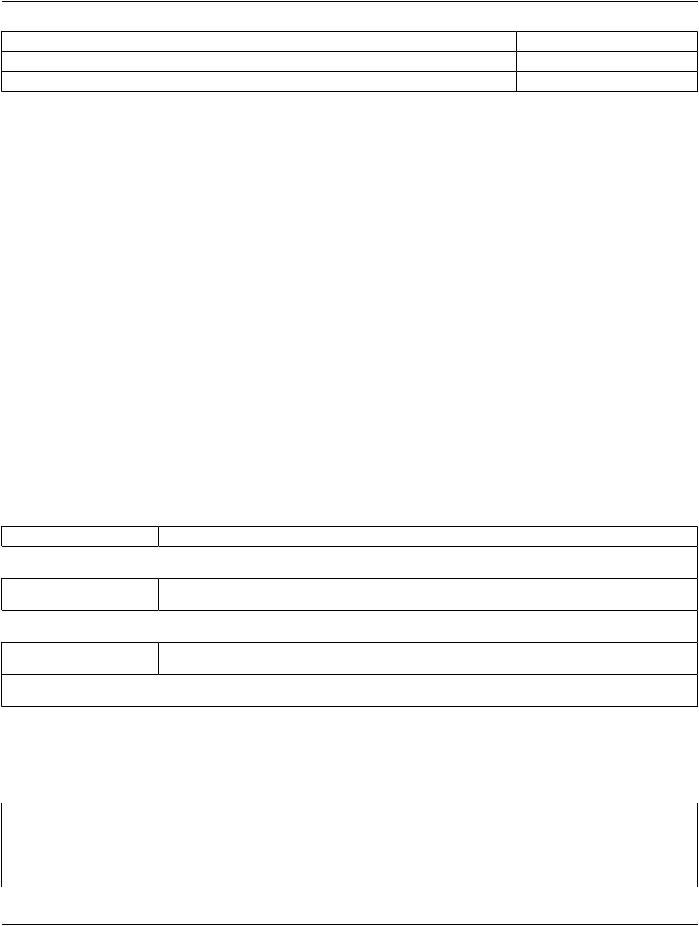
Page 104 |
DICOM PS3.18 2020a - Web Services |
|
|
Resource |
Retrieve |
Store |
Search |
Frame Thumbnail |
O |
|
|
Bulkdata |
M |
M |
|
10.4 Retrieve Transaction
This Transaction uses the GET method to retrieve the Target Resource. The media type in the response payload will depend on the Target URI and the Query Parameters; for example, Instances as application/dicom, Metadata as application/dicom+json or rendered Instances as application/jpeg images.
The retrieve transaction supports DICOM, Rendered, and Thumbnail Resources.
10.4.1 Request
The request shall have the following syntax:
GET SP "/" {/resource} {?parameter*} SP versionCRLF
Accept: 1#media-type CRLF
*(header-fieldCRLF)
CRLF
Where parameter is one of the Query Parameters defined for the Target Resource in Section 10.4.1.2.
10.4.1.1 Target Resources
10.4.1.1.1 DICOM Resources
Table 10.4.1-1 defines the DICOM resources that may be retrieved.
Table 10.4.1-1. Retrieve Transaction DICOM Resources
Resource |
URI Template |
 Study
Study  /studies/{study}
/studies/{study}
Series /studies/{study}/series/{series}
 Instance
Instance  /studies/{study}/series/{series}/instances/{instance}
/studies/{study}/series/{series}/instances/{instance}
Frames /studies/{study}/series/{series}/instances/{instance}/frames/{frames}
Bulkdata  /{/bulkdata}
/{/bulkdata}
10.4.1.1.2 Metadata Resources
Table 10.4.1-2 defines the resources used to retrieve the metadata contained in Instances.
Table 10.4.1-2. Retrieve Transaction Metadata Resources
Resource |
URI Template |
Study Metadata |
/studies/{study}/metadata |
Series Metadata |
/studies/{study}/series/{series}/metadata |
|
- Standard -

|
DICOM PS3.18 2020a - Web Services |
Page 105 |
Resource |
URI Template |
|
Instance Metadata |
/studies/{study}/series/{series}/instances/{instance}/metadata |
|
|
|
The Metadata Resources are used to retrieve the DICOM instances without retrieving Bulkdata. The Metadata returned for a study, series, or instance resource includes all Attributes in the resource. For Data Elements having a Value Representation (VR) of DS, FL, FD, IS, LT, OB, OD, OF, OL, OV, OW, SL, SS, ST, SV, UC, UL, UN, US, UT and UV, the origin server is permitted to replace the Value Field of the Data Element with a Bulkdata URI. The user agent can use the Bulkdata URI to retrieve the Bulkdata.
10.4.1.1.3 Rendered Resources
A Retrieve Transaction on a Rendered Resource will return a response that contains representations of a DICOM Resource rendered as appropriate images, videos, text documents, or other representations. Its primary use case is to provide user agents with a simple meanstodisplaymedicalimagesandrelateddocuments,withoutrequiringdeepknowledgeofDICOMdatastructuresandencodings.
A Rendered Resourcecontains oneormorerenderedrepresentations,i.e.,inaRenderedMediatype,ofitsparentDICOMResource. Table 10.4.1-3 shows the Rendered Resources supported by the Retrieve transaction along with their associated URI templates.
|
Table 10.4.1-3. Retrieve Transaction Rendered Resources |
|
Resource |
URI Template |
|
Rendered Study |
/studies/{study}/rendered |
|
Rendered Series |
/studies/{study}/series/{series}/rendered |
|
/studies/{study}/series/{series}/instances/{instance}/rendered |
||
Rendered Instance |
||
/studies/{study}/series/{series}/instances/{instance}/frames/{frames}/rendered |
||
Rendered Frames |
||
|
The origin server shall be able to render all valid Instances of the Composite SOP classes for which conformance is claimed, e.g., origin server shall be able to render all Photometric Interpretations that are defined in the IOD for that SOP class.
The content type of the response payload shall be a Rendered Media Type. See Section 8.7.4.
10.4.1.1.4 Thumbnail Resources
A Retrieve Transaction on a Thumbnail resource will return a response that contains a rendered representation of its parent DICOM Resource.
Table 10.4.1-4 shows the Thumbnail resources supported by the Retrieve transaction along with their associated URI templates.
|
Table 10.4.1-4. Retrieve Transaction Thumbnail Resources |
|
Resource |
URI Template |
|
Study Thumbnail |
/studies/{study}/thumbnail |
|
Series Thumbnail |
/studies/{study}/series/{series}/thumbnail |
|
/studies/{study}/series/{series}/instances/{instance}/thumbnail |
||
Instance Thumbnail |
||
/studies/{study}/series/{series}/instances/{instance}/frames/{frames}/thumbnail |
||
Frame Thumbnail |
||
|
The representation returned in the response to a Retrieve Thumbnail resource request shall be in a Rendered Media Type. The Thumbnail shall not contain any Patient Identifying Information. Only a single image shall be returned.
If the origin server supports any of the Thumbnail resources, it shall support all of them.
- Standard -
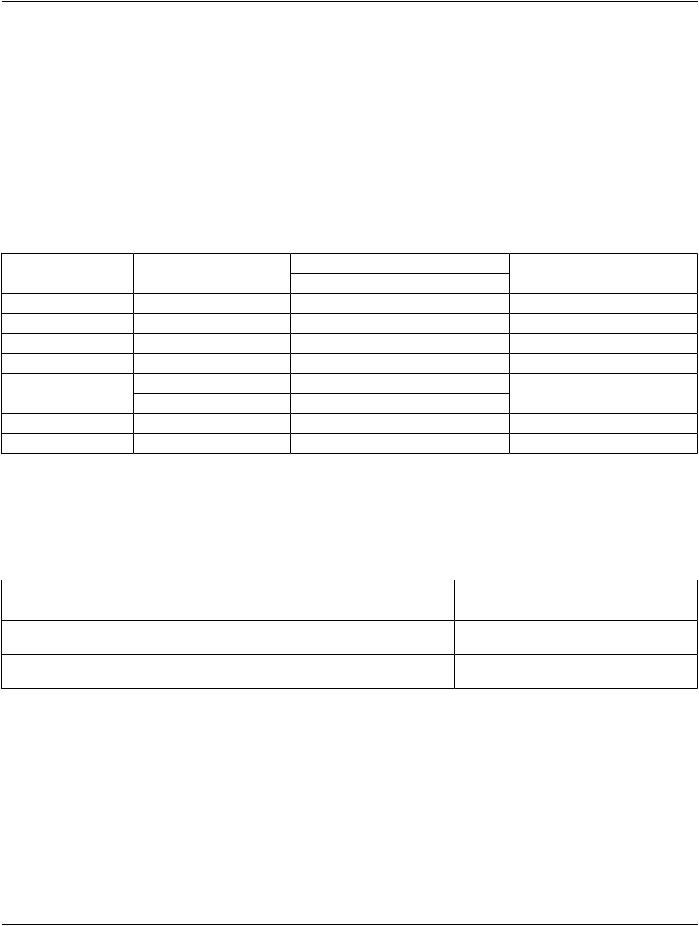
Page 106 |
DICOM PS3.18 2020a - Web Services |
The origin server will determine what constitutes a meaningful representation.
The origin server may return a redirection response (HTTP status code 302) to a rendered resource instead of returning a rendered image.
ThereisnorequirementthatThumbnailresourcesberelatedtoanyIconImageSequence(0088,0200)encodedinInstancesorreturned in query responses.
10.4.1.2 Query Parameters
The origin server shall support Query Parameters as required in Table 10.4.1-5.
The user agent shall supply in the request Query Parameters as required in Table 10.4.1-5.
Table 10.4.1-5. Query Parameters by Resource
Key |
Resource Category |
Usage |
|
Section |
|
|
|
User Agent |
Origin Server |
|
|
accept |
All |
O |
|
M |
Section 8.3.3.1 |
charset |
Text |
O |
|
M |
Section 8.3.3.2 |
annotation |
Rendered |
O |
|
M |
Section 8.3.5.1.1 |
quality |
Rendered |
O |
|
M |
Section 8.3.5.1.2 |
viewport |
Rendered |
O |
|
M |
Section 8.3.5.1.3 |
|
Thumbnail |
O |
|
O |
|
window |
Rendered |
O |
|
M |
Section 8.3.5.1.4 |
iccprofile |
Rendered |
O |
|
O |
Section 8.3.5.1.5 |
10.4.1.3 Request Header Fields
The origin server shall support header fields as required in Table 10.4.1-6 in the request.
The user agent shall supply in the request header fields as required in Table 10.4.1-6.
Table 10.4.1-6. Request Header Fields
Name |
Values |
Usage |
Description |
|
|
|
User Agent |
Origin Server |
|
Accept |
media-type |
M |
M |
The Acceptable Media Types of the response |
|
|
|
|
payload |
Accept-Charset |
charset |
O |
M |
The Acceptable Character Sets of the |
|
|
|
|
response payload |
See also Section 8.4.
10.4.1.4 Request Payload
The request shall have no payload.
10.4.2 Behavior
A success response shall contain the Target Resource in an Acceptable Media Type. See Section 8.7.4.
10.4.3 Response
The response shall have the following syntax:
- Standard -
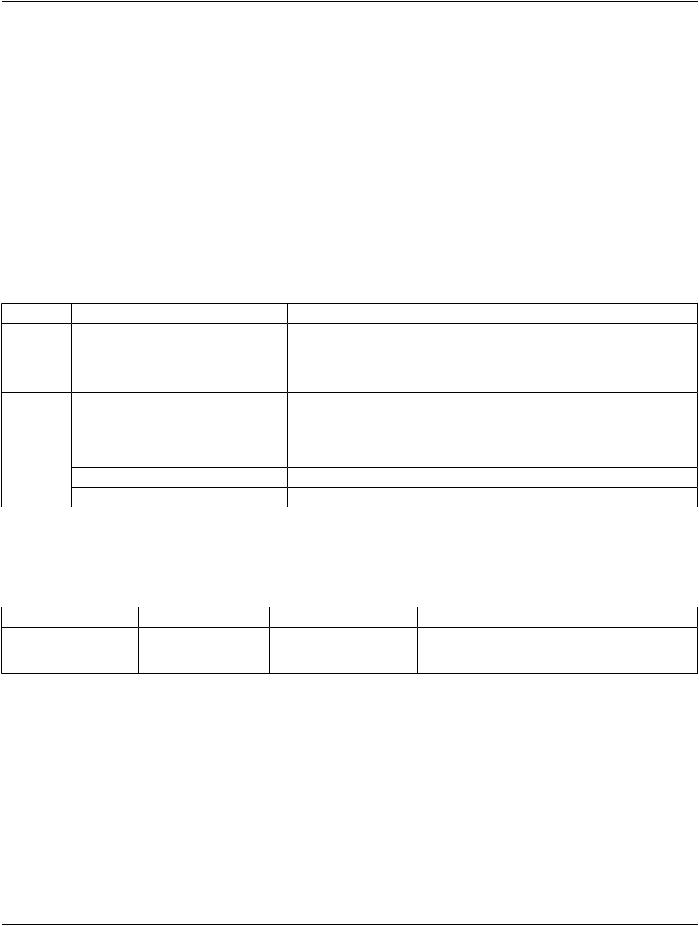
DICOM PS3.18 2020a - Web Services |
Page 107 |
version SP status-code SP reason-phrase CRLF [Content-Type: media-type CRLF]
[(Content-Length: uint / Content-Encoding: encoding) CRLF] [Content-Location: url CRLF]
*(header-field CRLF) CRLF
payload / status-report
10.4.3.1 Status Codes
Table 10.4.3-1 shows some common status codes corresponding to this transaction. See also Section 8.5 for additional status codes.
|
|
|
Table 10.4.3-1. Status Code Meaning |
Status |
|
Code |
Meaning |
Success |
200 (OK) |
The response payload contains representations for all of the Target |
|
|
|
|
Resource(s) |
|
206 |
(Partial Content) |
The response payload contains representations for some, but not all, of the |
|
|
|
Target Resource(s) |
Failure |
400 (Bad Request) |
Theorigincannotprocesstherequestbecauseoferrorsintherequestheaders |
|
|
|
|
or parameters. |
|
404 |
(Not Found) |
The Target Resource does not exist |
|
406 |
(Not Acceptable) |
The origin server does not support any of the Acceptable Media Types |
|
410 |
(Gone) |
The Target Resource has been deleted |
|
413 |
(Payload Too Large) |
The Target Resource is too large to be returned by the origin server. |
10.4.3.2 Response Header Fields
The origin server shall supply header fields as required by Table 10.4.3-2.
Table 10.4.3-2. Response Header Fields
Name |
center |
Origin Server Usage |
Description |
Content-Type |
media-type |
C |
The media type of the payload. |
|
|
|
Shall be present if the response has a payload. |
See also Section 8.4.
10.4.3.3 Response Payload
A success response shall have a payload containing one or more representations of the Target Resource in an Acceptable Media Type. The payload may be single part or multipart depending on the media type.
A failure response payload should contain a Status Report describing any failures, warnings, or other useful information.
Table 10.4.3-3 shows the media type category for each resource type. The origin server shall support the default and required media types in the media type category specified.
- Standard -
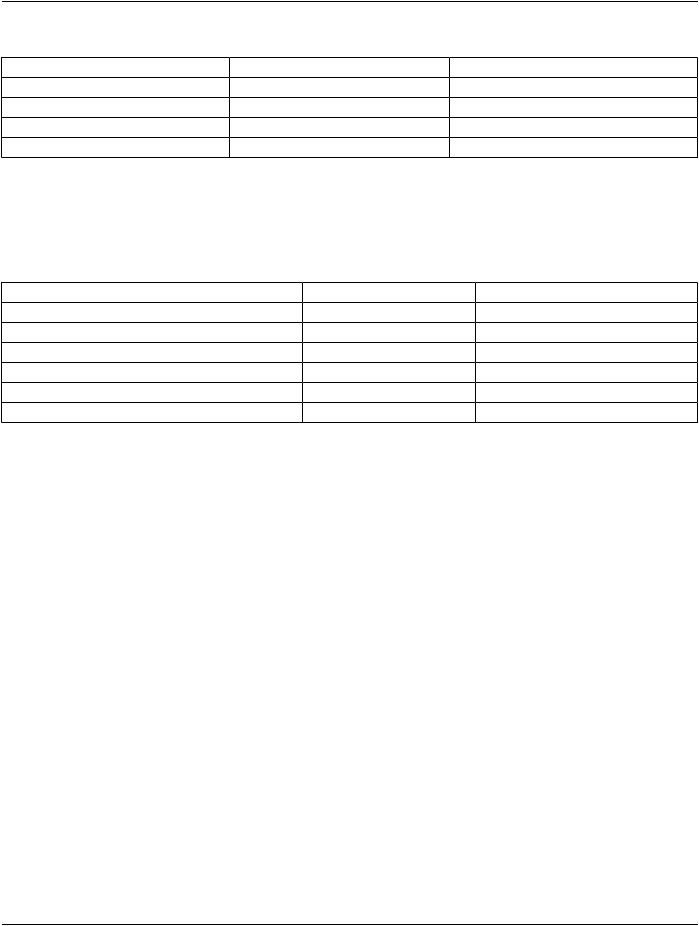
Page 108 DICOM PS3.18 2020a - Web Services
Table 10.4.3-3. Resource Media Types
Resource |
Section |
Media Type Category |
DICOM Resources |
Section 10.4.1.1.1 |
DICOM Media Types |
Metadata Resources |
Section 10.4.1.1.2 |
DICOM Media Types |
Rendered Resources |
Section 10.4.1.1.3 |
Rendered Media Types |
Thumbnail Resources |
Section 10.4.1.1.4 |
Rendered Media Types |
DICOM Media Types are described in Section 8.7.3. Rendered Media Types are described in Section 8.7.4.
10.4.4 Media Types
The origin server shall support the media types specified as default or required in Table 10.4.4-1.
Table 10.4.4-1. Default, Required, and Optional Media Types
Media Type |
Usage |
Section |
application/dicom |
Required |
Section 8.7.3.1 |
application/dicom+json |
Default |
Section 8.7.3.2 |
multipart/related; type="application/dicom+xml" |
Required |
Section 8.7.3.2 |
multipart/related; type="application/octet-stream" |
Required |
Section 8.7.3.3 |
Rendered Media Types |
Optional |
Section 8.7.4 |
Rendered Media Types |
Optional |
Section 8.7.4 |
10.4.5 Conformance Statement
The creator of an implementation shall document in its Conformance Statement:
•the origin server and/or user agent role(s) played,
•the resources supported for this transaction,
•the media types supported for this transaction,
•the optional Query Parameters supported,
•the optional Header Fields supported.
The creator of an implementation shall also document:
•The Composite SOP classes supported, including:
•the Image Storage SOP classes supported,
•the Image Storage SOP classes supported by Rendered Presentation States.
•If Thumbnails are supported:
•A high-level description of the method used to render thumbnails for the study, series, or instance.
Note
The description could indicate, for example, whether a representative instance is chosen from a series, and how that instance is selected, or that per-modality fixed content is used.
•The minimum and maximum sizes for thumbnails.
•Character sets supported for Thumbnail resources (if other than UTF-8).
- Standard -
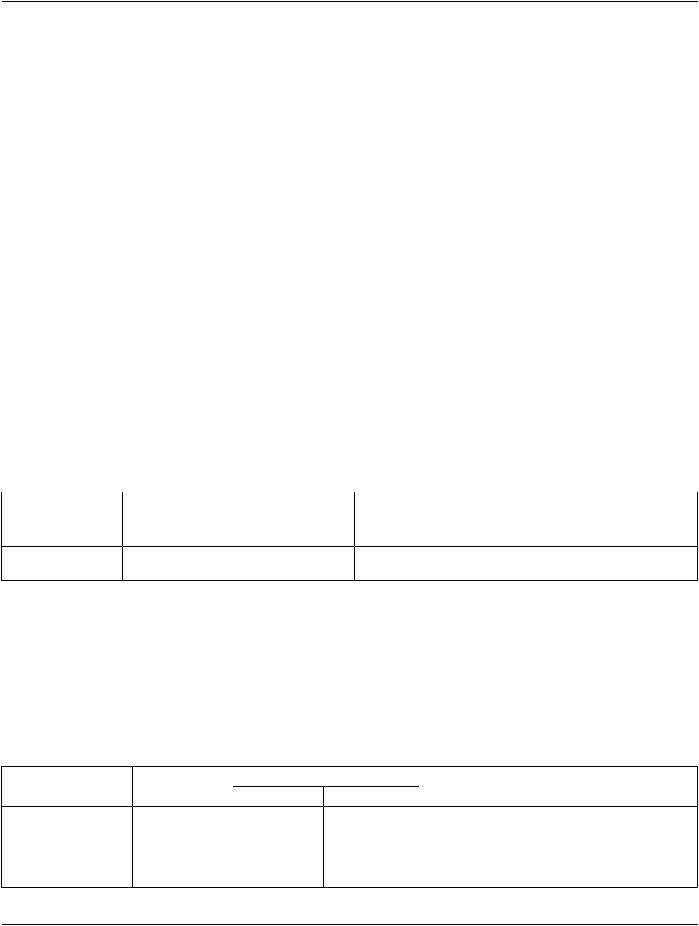
DICOM PS3.18 2020a - Web Services |
Page 109 |
10.5 Store Transaction
This transaction uses the POST method to Store representations of Studies, Series, and Instances contained in the request payload.
The Store transaction supports only DICOM resources. The resource can be supplied as a single Instance, or as separate Metadata and Bulkdata.
10.5.1 Request
The request shall have the following syntax:
POST SP "/" {/resource} SP version CRLF
Accept: 1#media-type CRLF
Content-Type: dicom-media-type CRLF
(Content-Length: uint / Content-Encoding: encoding) CRLF
*(header-field CRLF)
CRLF
payload
10.5.1.1 Target Resources
10.5.1.1.1 DICOM Resources
Table 10.5.1-1 defines the resources used to store Instances.
Table 10.5.1-1. Store Transaction DICOM Resources
Resource |
URI Template |
Description |
Studies |
/studies |
Stores a set of representations that may have different Study |
|
||
|
/studies/{study} |
Instance UIDs. |
Study |
Stores a set of representations that belong to the same Study, |
|
|
|
i.e.,eachrepresentationshallhavethesameStudyInstanceUID. |
10.5.1.2 Query Parameters
The Store transaction has no Query Parameters.
10.5.1.3 Request Header Fields
The origin server shall support Header Fields as required in Table 10.5.1-2.
The user agent shall supply in the request Header Fields as required in Table 10.5.1-2.
Table 10.5.1-2. Request Header Fields
Name |
Values |
Usage |
Description |
|
|
|
User Agent |
Origin Server |
|
Content-Type |
media-type |
M |
M |
The DICOM Media Type of the request payload |
|
|
|
|
Shall be present if the request has a payload |
Content-Length |
uint |
C |
M |
Shall be present if a content encoding has not been |
|
|
|
|
applied to the payload |
- Standard -

Page 110 |
|
DICOM PS3.18 2020a - Web Services |
||
Name |
Values |
Usage |
Description |
|
|
|
User Agent |
Origin Server |
|
Content-Encoding |
encoding |
C |
M |
Shall be present if a content encoding has been |
|
|
|
|
applied to the payload |
See also Section 8.4.
10.5.1.4 Request Payload
The request payload shall be present and shall contain one or more representations specified by the Content-Type header field.
The payload may contain Instances from more than one Study if the Study Instance UID is not specified in the Target URI.
The request payload shall consist of either:
•PS3.10 SOP Instances, or
•Metadata accompanied by Bulkdata.
PS3.10 binary instances shall be encoded with one message part per DICOM Instance.
MetadataandBulkdatarequestswillbeencodedinthefollowingmanner(seeFigure8.6-1MappingbetweenIODandHTTPmessage parts):
•All XML request messages shall be encoded as described in the Native DICOM Model defined in PS3.19 with one message part per XML object; the Attributes of the Image Pixel Description Macro may be omitted for the media types specified in Table 10.5.2- 1.
•All JSON request messages shall be encoded as an array of DICOM JSON Model Objects defined in Annex F in a single message part; the Attributes of the Image Pixel Description Macro may be omitted for the media types specified in Table 10.5.2-1.
•Bulkdata (with the exception of Encapsulated Document (0042,0011) element) and uncompressed pixel data shall be encoded in a Little-Endian format using the application/octet-stream media type with one message part per Bulkdata item.
•Compressed pixel data shall be encoded in one of two ways:
•single-frame pixel data encoded using a single-frame media type (one message part);
•multi-frame or video pixel data encoded using a multi-frame media type (multiple frames in one message part).
Uncompressed Bulkdata shall be encoded as application/octet-stream.
An Encapsulated Document (0042,0011) Bulkdata element shall be encoded using the media-type from the MIME Type of the Encap- sulated Document (0042,0012) Attribute with one message part per document.
10.5.2 Behavior
The origin server stores Instances from the representations contained in the request payload.
The stored Instance(s) shall fully conform to the IOD and encoding requirements of PS3.3 and PS3.5, respectively.
This Transaction stores one or more new Instances, and adds them to new or existing Series and Studies.
While creating resources from the representations, the origin server may coerce or replace the values of data elements. For example, Patient Name, Patient ID, and Accession Number might be coerced when importing media from an external institution, reconciling the Instances against a master patient index, or reconciling them against an imaging procedure order. The origin server may also fix incorrect values, such as Patient Name or Patient ID; for example, because an incorrect work list item was chosen, or an operator input error has occurred.
If any Attribute is coerced or corrected, the Original Attribute Sequence (0400,0561) shall be included in the DICOM Object that is stored and may be included in the Store Instances Response Module (see Annex I) in the response.
- Standard -
